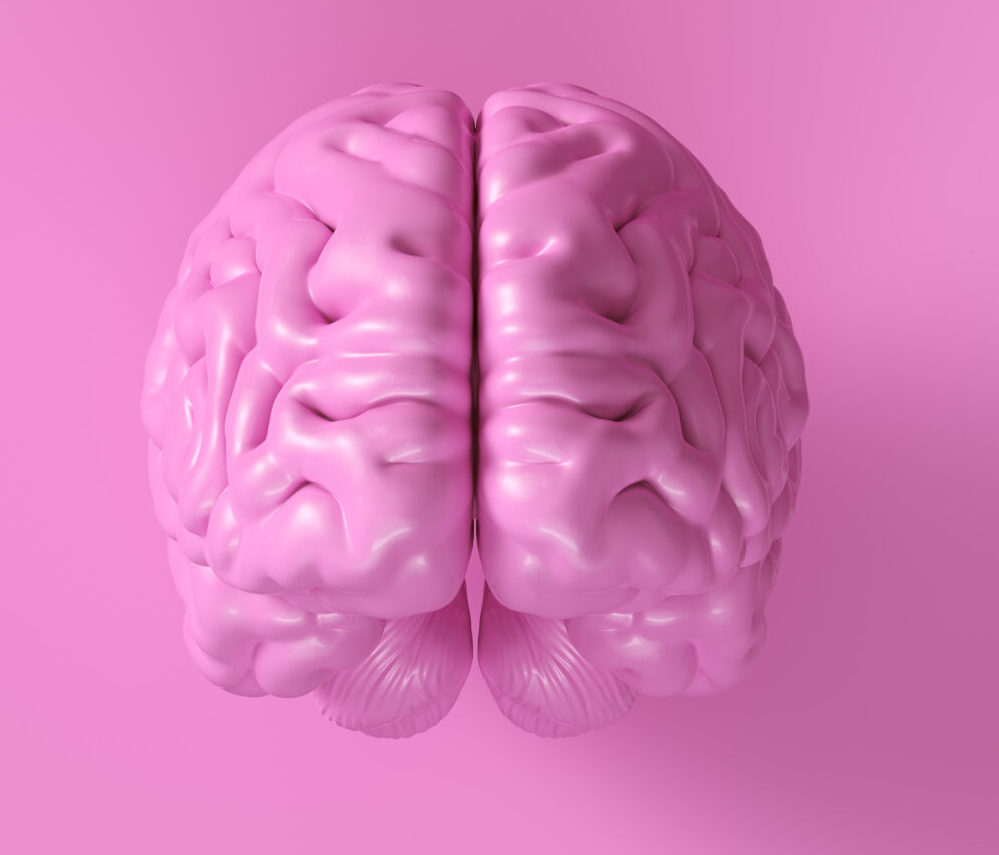Deep brain stimulation (DBS) is a medical procedure that involves implanting electrodes in specific areas of the brain. It has been used to treat various conditions, including Parkinson’s disease and essential tremor. Recently, researchers have been exploring its potential in restoring memory, particularly in conditions like Alzheimer’s disease.
### How DBS Works for Memory
DBS works by sending electrical impulses to targeted brain regions. For memory restoration, one of the key areas is the fornix, which is part of a circuit involved in memory formation known as the Papez circuit. By stimulating this area, DBS can potentially improve memory function in patients with Alzheimer’s disease.
### Studies on DBS for Alzheimer’s
Several studies have shown promising results. For instance, DBS targeting the fornix has been tested in over a hundred patients. While some patients experienced cognitive improvements, others did not, highlighting the need for more research to understand who might benefit most from this treatment. Additionally, DBS carries risks associated with surgery, such as bleeding and infection.
### Other Techniques for Memory Improvement
Besides DBS, other techniques like repetitive transcranial magnetic stimulation (rTMS) are being explored for memory improvement. rTMS involves applying magnetic fields to the brain without surgery and has shown potential in improving memory in Alzheimer’s patients, especially when cognitive deficits are mild.
### Future Directions
While DBS and other neurostimulation techniques hold promise for memory restoration, more research is needed to fully understand their effects and to develop safer, more effective treatments. As technology advances, we may see more innovative methods like wireless DBS systems that could reduce the risks associated with traditional implantation procedures.
Overall, deep brain stimulation offers a hopeful avenue for improving memory in conditions like Alzheimer’s disease, but it is crucial to continue studying its long-term effects and potential applications.
